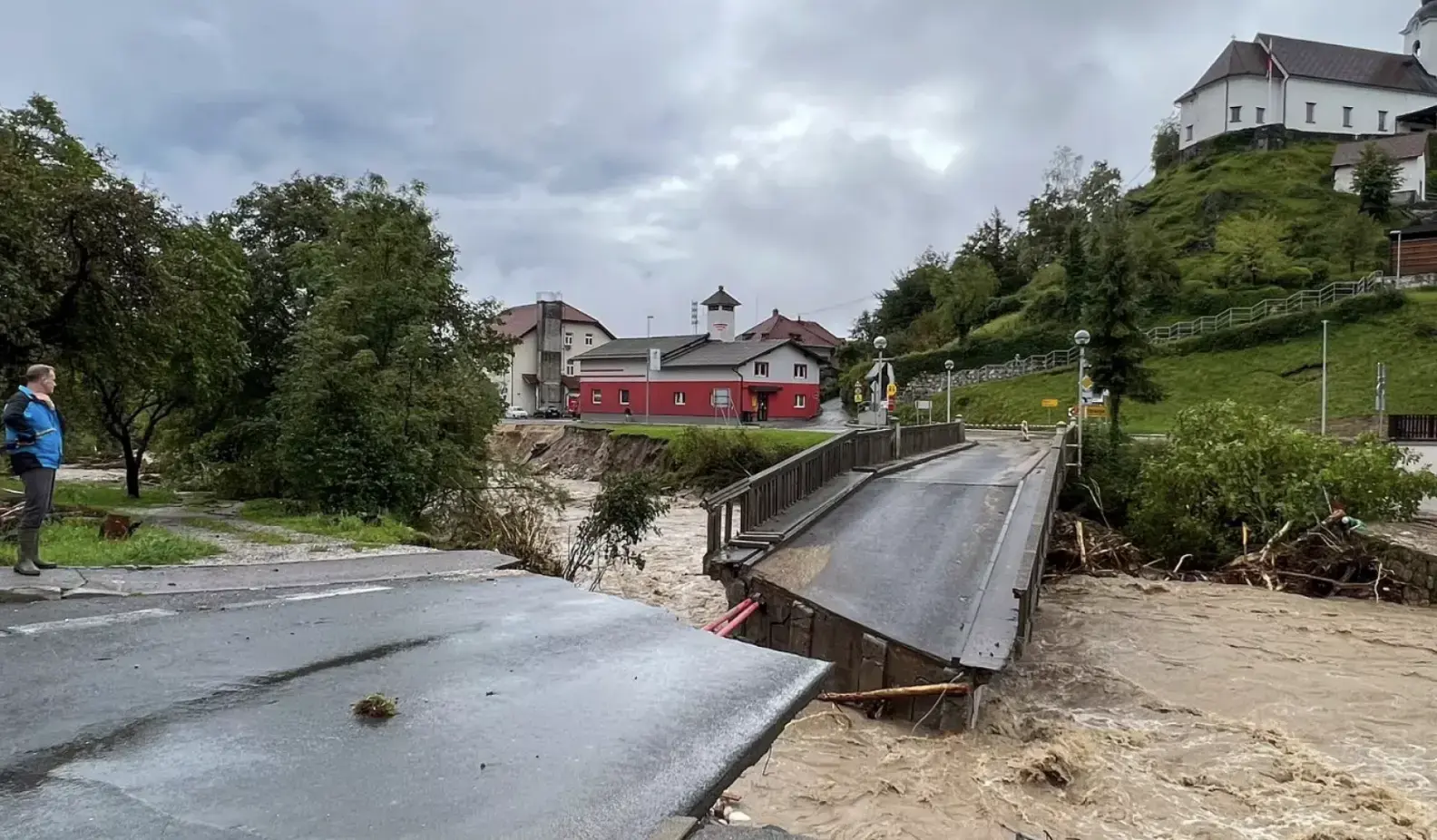· 5 min read
It seems like humans only register the threat of climate change if they can see it or feel it. If everything around us looks normal, then the immediate threat of climate change is just too far beyond our understanding. It’s one of the reasons that big data is contributing to the problem, it's invisible, intangible, we cannot see it or feel it.
By 2020, 64 zettabytes of data had been created. If you were to print out one zettabyte, you’d need the paper from 20 trillion trees. There are only 3.5 trillion trees left on the planet, so it gives you an idea how vast a zettabyte is. By 2025, Statista estimates we’ll have created 180 zettabytes. Luckily, not all of this data is stored [1]. What sort of data are we creating and storing? In 2019 alone, we took 1.4 trillion photos (more than in the entire 20th century), and by 2021 we were storing about 8 trillion photos in data centres [2]. So, what happens to all these photos and other data? “After 90 days, the probability of a piece of content being reused is 5%,” says Bill Tolson VP of Global Compliance and eDiscovery [3]. Data Centres are really Data Dumps.
The accepted statistic is that data centres contribute to around 2% of global emissions and 1-1.5% of global energy use [4][5][6]. Energy use which has doubled worldwide from 2000 to 2005 [7]. Data centre growth is set to go from being worth $200 billion in 2021 to around $404 billion by 2028 [8]. Just when we’re supposed to be cutting consumption, we’re doubling down and driving data growth. We’re hoarding more data than ever, streaming more, storing more, keeping more.
So why does this often not get a mention or consideration in boardroom discussions, or appear on any of the ‘net zero’ standards such as BCorp or similar? Possibly because it’s unseen, it’s ‘in the cloud’ and as such, seems innocuous and insignificant. Probably because we’ve been slapped with so much misinformation on data centres being ‘carbon neutral’, we can’t see the carbon for the trees. And almost surely because it falls into most company’s scope 3 emissions boundary, which is not always accounted for. Personally, and professionally, we just don’t comprehend how much carbon we’re creating each day by hoarding all this data.
But its carbon neutral so that’s ok? Some data centres claim carbon neutrality and do so on the basis of using part renewable energy along with massive offsetting purchases [9]. However, the carbon neutral description only accounts for the energy use and whilst many data centres are showing improvements in this, we must realise that electricity is just a small part of the resource impact that data centres have.
“For data-center operators and cloud providers, most emissions are construction, infrastructure, and hardware manufacturing,” a Harvard University-published study stated in 2020 [10]. And let’s not forget the huge thirst for water. US data centres used 626 billion litres of water in 2014 which was projected to grow to 660 billion litres in 2020 [11]. That would fill about 264,000 Olympic-size swimming pools. It’s funny that data centres know so much about us but they are incredibly secretive about their own operations. "We don't really know how much water data centres use”, Dr. Arman Shehabi from Lawrence Berkeley National Laboratory research explains [12]. "I never thought it could be worse transparency than on the energy side, but we actually know less.” Much of the water used is from water stressed regions. As global droughts are brought on by climate change, the thirsty data centres, using water for cooling the equipment and electric generation, are often sucking up more than their fair share. “Collectively, data centres are among the top-ten water-consuming industries in the US” comments DCD, and much of that is coming from portable drinking water [13].
Aside from the energy, water and buildings, let’s look at the tech used in data centres. Google had around 900,000 servers in use in 2011 [14]. A study published in IEEE Xplore in 2022 estimated that to manufacture one server creates an average of 1.3 tons of CO2e. It’s thought that worldwide, data centres cycle through servers so quickly that something which should last five or six years ends up being discarded after only three. This is beginning to change in some places, but not because of climate change, rather because of the millions of dollars that can be saved in making them last a few more months [15]. At the end of their short life these servers are destroyed rather than recycled (for security). So there is no circularity built into the system. But it’s not just one copy of your data that’s being stored. Servers need to back up your data several times (to ensure against loss), so your digital footprint can be doubled or tripled depending on the plan and the provider.
The misleading information on the carbon neutrality of data centres works, it reassures people so they can feel good about putting as much data up in the cloud as they want. It drives mindless consumption without telling the truth about the real cost. The majority of the resources used in storing our data are not accounted for, nor are they ‘offset’.
So, what can we do? We need to go on a digital diet both personally and professionally. Think before you create. Most data is never used or revisited, so try to constantly clean-up and delete. Every time you go searching for something in a folder, look for something to delete. We need to really understand how to store data properly and to cut back on unnecessary hoarding of data. De-duplicate, delete, declutter. Sure, keep the really important stuff, but let’s stop using the cloud like it was free because free costs the Earth. The consumerism of the cloud is driving environmental degradation, it’s just completely hidden from view.
Energy Voices is a democratic space presenting the thoughts and opinions of leading Energy & Sustainability writers, their opinions do not necessarily represent those of illuminem.
Footnotes
[1] https://www.statista.com/statistics/871513/worldwide-data-created/
[2] https://focus.mylio.com/tech-today/how-many-photos-will-be-taken-in-2021
[4] https://www.techerati.com/features-hub/opinions/2021-the-year-of-the-sustainable-data-centre/
[5] https://www.koomey.com/post/8323374335
[7] https://iopscience.iop.org/article/10.1088/1748-9326/3/3/034008
[10] https://arxiv.org/pdf/2011.02839.pdf
[11] https://davidmytton.blog/how-much-water-do-data-centers-use/
[12] https://www.datacenterdynamics.com/en/profile/dr-arman-shehabi/
[13] https://www.datacenterdynamics.com/en/analysis/data-center-water-usage-remains-hidden/
[14] https://www.datacenterknowledge.com/archives/2011/08/01/report-google-uses-about-900000-servers





